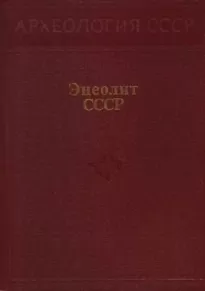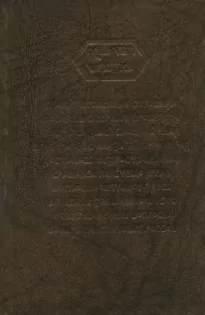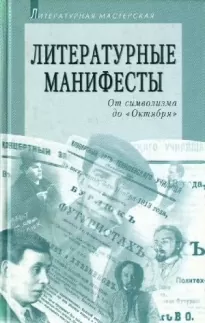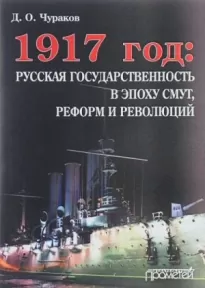Календарные обычаи и обряды народов Восточной Азии
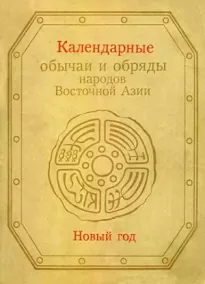
- Автор: Сергей Арутюнов
- Жанр: Культурология
- Дата выхода: 1985
Читать книгу "Календарные обычаи и обряды народов Восточной Азии"
Summary
The collective monograph Calendar Customs and Rites of East Asia Peoples. New Year (Late 19th — Mid. 20th c. c.) continues research by scholars of the Ethnography Institute, USSR Academy of Sciences, into calendar festivals observed by various peoples of the globe.
Analysed are calendar customs and rites of five peoples: the Chinese, the Koreans, the Japanese, the Mongols, and the Tibetans which means that the authors approach the subject from the ethnic viewpoint rather than from that of individual countries, the New Year festival being in the focus.
At the turn of the 19th and in mid — 20th centuries, the New Year festival played a significant role both in the calendar annual cycle of the peoples of East and Central Asia, and in their traditional life. The festival was charged emotionally and functioned as a focal point for the aesthetic ideals of good and evil produced deep inside national cultures.
Each of the peoples under study had, at that period of time, a well established pattern for the New Year festival reflecting the features of its spiritual and material culture. The distinguishing features between the patterns can be explained by climatic and regional conditions, economic and cultural types, previous historical experience, political history, and by the time categories and the history of a calendar.
There are all grounds to maintain that at the turn of the century all the peoples under study had already developed a national pattern for the New Year festival, though this does not exclude a large variety of local and regional options which survive to this day. The establishment of a national pattern coincided with very important events — the crisis of the feudal system, the establishment of capitalist relations, the period of imperialist expansion, and powerful national liberation movements. Many elements of traditional culture were as if revalued. The New Year festival, a leading calendar festival, experienced transformation, its significance being reconsidered. By the mid — 20th century, the traditional New Year festival had already existed in every of the peoples under study as an expression of their ethnic specifics and a major component of their ethnic self-awareness. Both the New Year festival and its components had acquired a special ethnic hue.
The book centres around interrelation between New Year customs and rites, on the one hand, and socio-cultural types, on the other (agricultural peoples are opposed to nomadic peoples). Special emphasis is laid on their functional orientation. Eight basic functions are distinguished: fertility magic, tokens and divination, future prosperity and well-being of all family members, purification, warding off evil, expiatory, opposing (or protective), and initiating. All the above functions had by the beginning of the 20th century at least two levels: one of ensuring prosperity, in a new year, for a family, and the other — for the community, village, or a larger group. In the most general form (because in real life these linkage is considerably more complex), the eve and the first day of a new year (or some more days before and after the new year) are devoted to rites aimed at ensuring prosperity for a family (patronymy, clan) and its members, while the full moon (and the days around it) are dedicated to the rites relating to fertility magic or to the well-being of the whole community or village. Each level is determined by the number of participants in a rite and the way they are performed.
New year customs and rites include elements of fire worshipping (which performs a purificatory functions and promotes rebirth), and of water, floral and animalistic cults which can be traced back to ancient astral cults. World and national religions exist there side by side with archaic ideas of the departing/dying and returning/rising god. This data testifies not only to the fact that the peoples under study have much in common typologically, but to that the peoples of the world form a typological unity, including peoples in Europe, East Asia and Central Asia. This is yet another illustration to the idea put forward by Academician N.I. Konrad of the typological similarity of Eastern and Western cultures.

